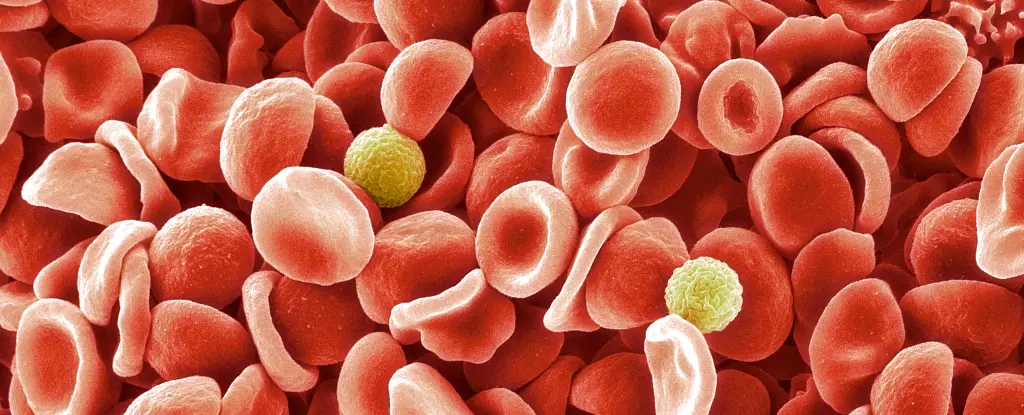In a groundbreaking revelation, researchers have unveiled a new blood group system—dubbed the MAL blood group—following a meticulous study that started decades ago. The quest for understanding began in 1972 when a pregnant woman’s blood sample baffled doctors due to its lack of a particular surface molecule found on red blood cells. This curious anomaly sparked a journey spanning nearly half a century, culminating in an important publication by a collaborative team from the United Kingdom and Israel. Their published findings not only mark the identification of a new blood group but also underscore the importance of rare blood types in medical care.
Rare Blood Groups and Their Importance
While most people are familiar with the major blood group systems—ABO and the Rhesus factor—human blood is much more complex than it appears on the surface. Blood group systems are primarily determined by various proteins and sugars that coat red blood cells, acting as identification tags for the immune system. If these antigen markers are not compatible during a blood transfusion, the consequences can be dire, ranging from immune reactions to fatality. The discovery of the MAL blood group not only broadens our understanding of blood genetics but also emphasizes the necessity for medical professionals to be aware of these rare conditions in order to provide the best care possible.
The identification of the MAL blood group was no simple feat. Louise Tilley, a hematologist with the UK National Health Service, dedicated nearly twenty years to researching this phenomenon. Her commitment, along with her team’s rigorous investigation, uncovered the presence of the AnWj antigen—missing in the blood of the 1972 patient. The researchers found that over 99.9% of the population possesses this antigen, further isolating the case of AnWj-negative individuals. Such a high percentage of the population having the antigen means that blood donation practices must consider these rare blood types to mitigate risks associated with transfusion reactions.
Tilley and her team explored the genetic basis of the AnWj antigen absence and discovered that two copies of a gene—known as MAL—must be mutated to result in an AnWj-negative blood type. Interestingly, they identified three patients who also did not have the mutation, suggesting that conditions may suppress the expression of the antigen due to underlying disorders. This anomaly presents a complex landscape regarding blood types and underlines the need for comprehensive genetic testing. Tim Satchwell, a cell biologist from the University of the West of England, noted the technical challenges in proving the genetic link due to the MAL protein’s small size and unique properties.
Implications for Medical Science
The discovery of the MAL blood group has far-reaching implications for patients and the medical community. By providing a clearer understanding of the genetic mechanisms behind this rare blood type, practitioners can better assess whether a patient’s negative MAL blood type is due to inherited traits or antigen suppression that could indicate other medical concerns. This dual pathway of investigation could illuminate previously undetected blood disorders, paving the way for more precise diagnoses and tailored medical treatments.
The unveiling of the MAL blood group is a noteworthy milestone in the field of transfusion medicine and genetics. Understanding such rare blood types is foundational not only to improve patient outcomes but also to advance scientific research in human genetics. With ongoing efforts to explore the ramifications of rare blood groups in healthcare, the lessons learned from the MAL discovery reinforce the vital nature of collaborative research and the importance of never underestimating even the rarest of biological anomalies. By appreciating the full spectrum of human blood types, we can continue to enhance safety and efficacy in medical treatments, ultimately saving lives and advancing our understanding of human biology.

